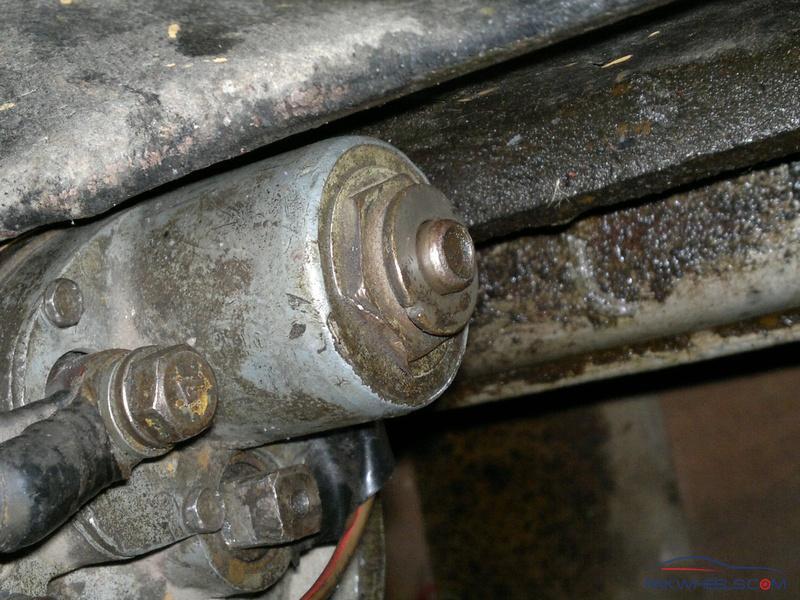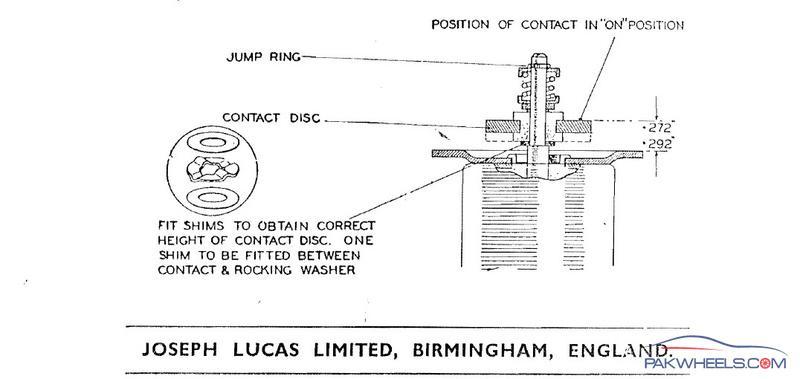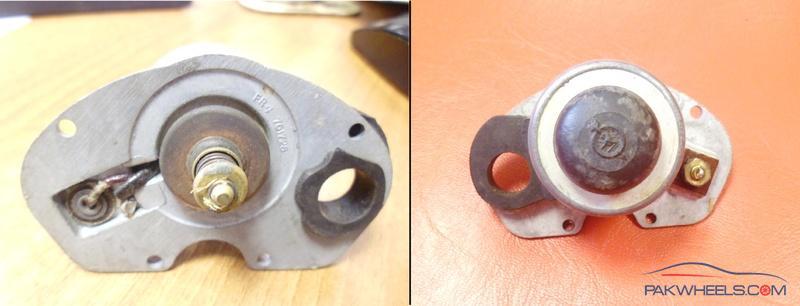With old car ownership, it is one adventure after another. A few days ago, all was well. I was using the car with some regularity. One fine morning when I wanted to use the car, I pressed the starter and nothing happened. I traced the fault to a failed starter solenoid. Here is a picture of the item. It is mounded at the end of the starter motor.

The solenoid is the cylindrical item.
The solenoid was removed and I found that the coil resistance was infinity meaning the coil had a break in its winding. As you can see this is a sealed unit. The nuts seen at the end of the coil have nothing to do with opening but are used to adjust the throw of the coil contacts. This has to be maintained between 0.272 and 0.292 inches. This is shown in the Lucas service booklet pertaining to servicing this solenoid:

Access to the failed coil was achieved by shaving off the pressed part of the solenoid housing. Once the coil was out, I could see the part that failed. New wire was soldered on to the old wire, then a heat shrink was threaded over the joint so as to insulate it from coil housing as this was a live wire and any short cuircuit would certainly result in a fire.
With old cars, once there is a problem one can be 100% sure that it will reappear in the not too distant future. With that in mind I thought that I should have a spare part on hand. After much searching I found it with a supplier specializing in 1948 Triumph Roadster. My car and this Triumph's engine share the same DNA hence the starter is the same on both cars.
Picture of the new solenoid:

Though the new part looks a bit different, it is a slightly upgraded one without the contact throw adjustment. Adjustment is done at the contact end via shims.